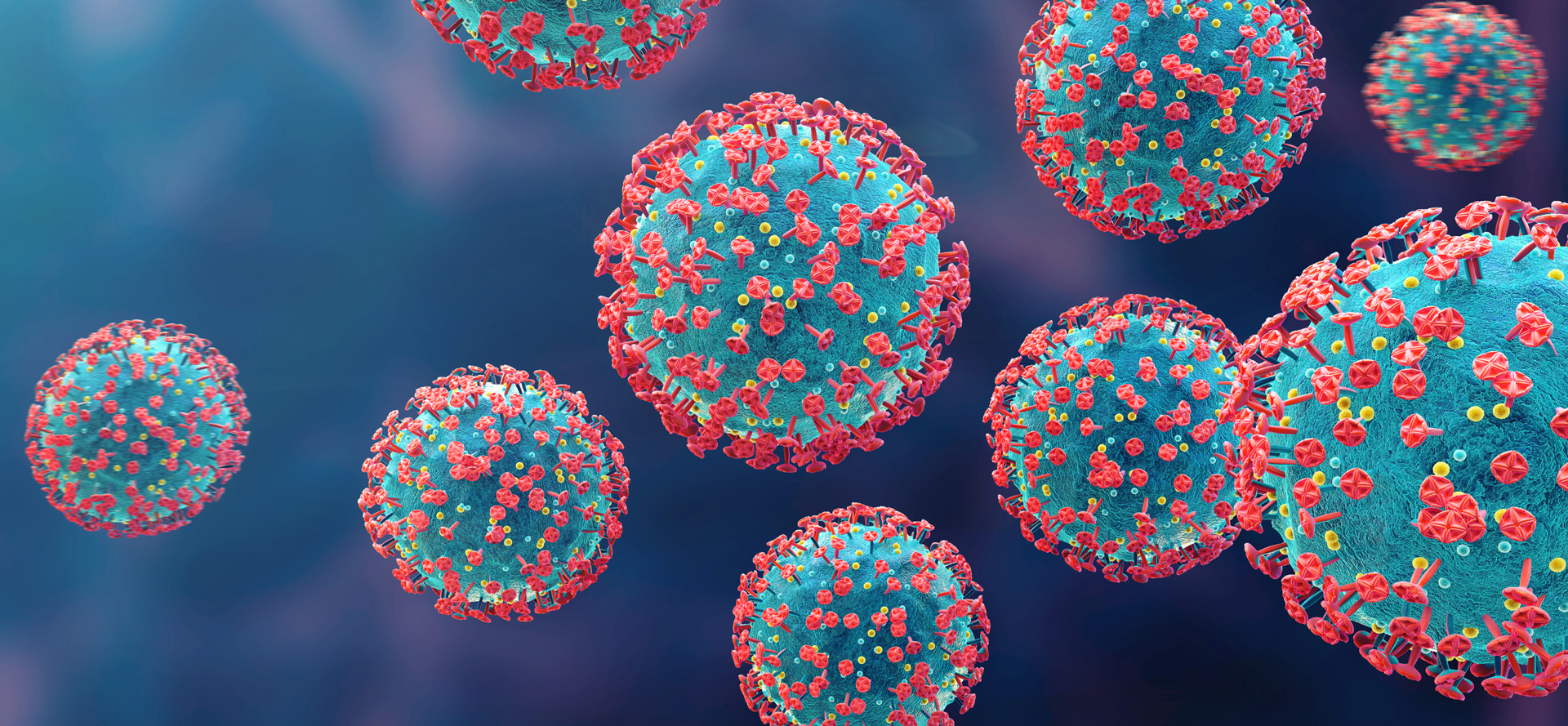Fluorescence lifetime imaging microscopy (FLIM) detects differences in metabolic signatures between euploid and aneuploid human blastocysts
Study question: Can non-invasive imaging with fluorescence lifetime imaging microscopy (FLIM) detect metabolic differences in euploid versus aneuploid human blastocysts?
Summary answer: FLIM has identified significant metabolic differences between euploid and aneuploid blastocysts.
What is known already: Prior studies have demonstrated that FLIM can detect metabolic differences in mouse oocytes and embryos and in discarded human blastocysts.
Study design, size, duration: This was a prospective observational study from August 2019 to February 2020. Embryo metabolic state was assessed using FLIM to measure the autofluorescence metabolic factors nicotinamide adenine dinucleotide dehydrogenase together with nicotinamide adenine phosphate dinucleotide dehydrogenase (NAD(P)H) and flavin adenine dinucleotide (FAD). Eight metabolic FLIM parameters were obtained from each blastocyst (four for NAD(P)H and four for FAD): short (T1) and long (T2) fluorescence lifetime, fluorescence intensity (I) and fraction of the molecules engaged with enzymes (F). The redox ratio (NAD(P)H-I)/(FAD-I) was also calculated for each image.
Latest publications and papers
Researchers from Eugin Group Investigate New Strategies to Enhance IVF Success Rates Authors: A. Quintana‑Vehí, M. Martínez , M. J. Zamora, A. Rodríguez , R. Vassena, I. Miguel‑Escalada, M. Popovic […]
Fertilization failure (FF) and zygotic arrest after ICSI have a huge effect on both patients and clinicians, but both problems are usually unexpected and cannot be properly diagnosed. Fortunately, in […]
Vitrification is the most efficient approach for oocyte cryopreservation. It is commonly applied in oocyte donation programs and considered safe. However, the effect of long-term storage of oocytes on laboratory […]
